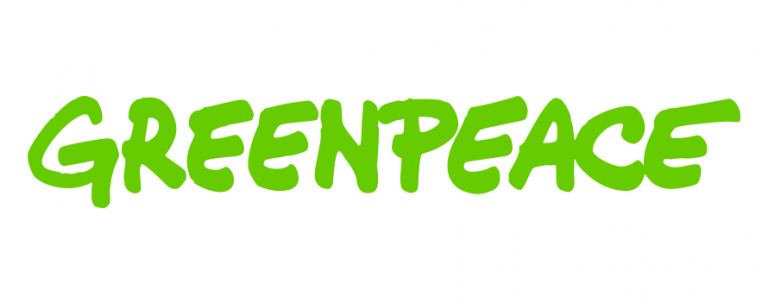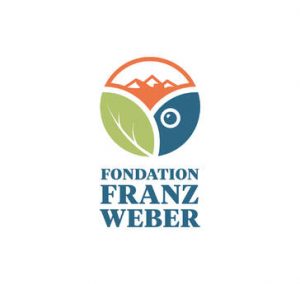The Netherlands
(Don’t Make a Wave Committee) Canada
According to Greenpeace, the Don’t Make a Wave Committee was formed in 1970. But this story of radical direct action really began a year later. On the 15th of September 1971, activists from the newly formed body set sail from Vancouver, Canada, in the 25-metre Phyllis-Cormack, which they renamed Greenpeace, the brand the committee then adopted for itself in 1972. The first voyage (with the ecologist Patrick Moore onboard) tried to disrupt American nuclear tests by sailing into the fallout zone near Amchitka Island, southwest Alaska. But they were turned around by the coastguard. A few years later they sailed in the same ship to harass Russian and Japanese whaling fleets. Ever since, Greenpeace has engineered numerous headline-grabbing stunts on the high seas, putting both its supporters and unwilling targets – Greenpeace activists try to board oil rig at sea – at considerable risk.
According to its annual report, Greenpeace’s goal is to ensure the ability of Earth to nurture life in all its diversity. But its co-founder Patrick Moore, who spent nine years as President of Greenpeace Canada and seven years as Executive Director of Greenpeace International, sees it differently. In 2001, Moore described Greenpeace as ‘a band of scientific illiterates who use Gestapo tactics to silence people who wish to express their views in a civilized forum’.
Leader
Jennifer Morgan, international executive director of Greenpeace.
Governance
According to Greenpeace, each NRO [national regional organization: Greenpeace UK, US, Greenpeace Africa etc.] consists of one or more separate legal entities and has its own board in a supervisory role; each NRO Board sends a representative (called a Trustee) to the Annual General Meeting (AGM).
Finance
According to the Report of the International Executive Directors and Report of the Governing Board, Greenpeace International’s total turnover in 2018 was Euro 83,940, 000 of which circa Euro 80 million came from 27 NRO license holders (all of which have their own budgets too). According to an article in Risk-Monger, Greenpeace has dwindling campaign spend, spiraling fundraising costs and it’s an NGO in crisis (see Greenpeace’s Sea of Red).


